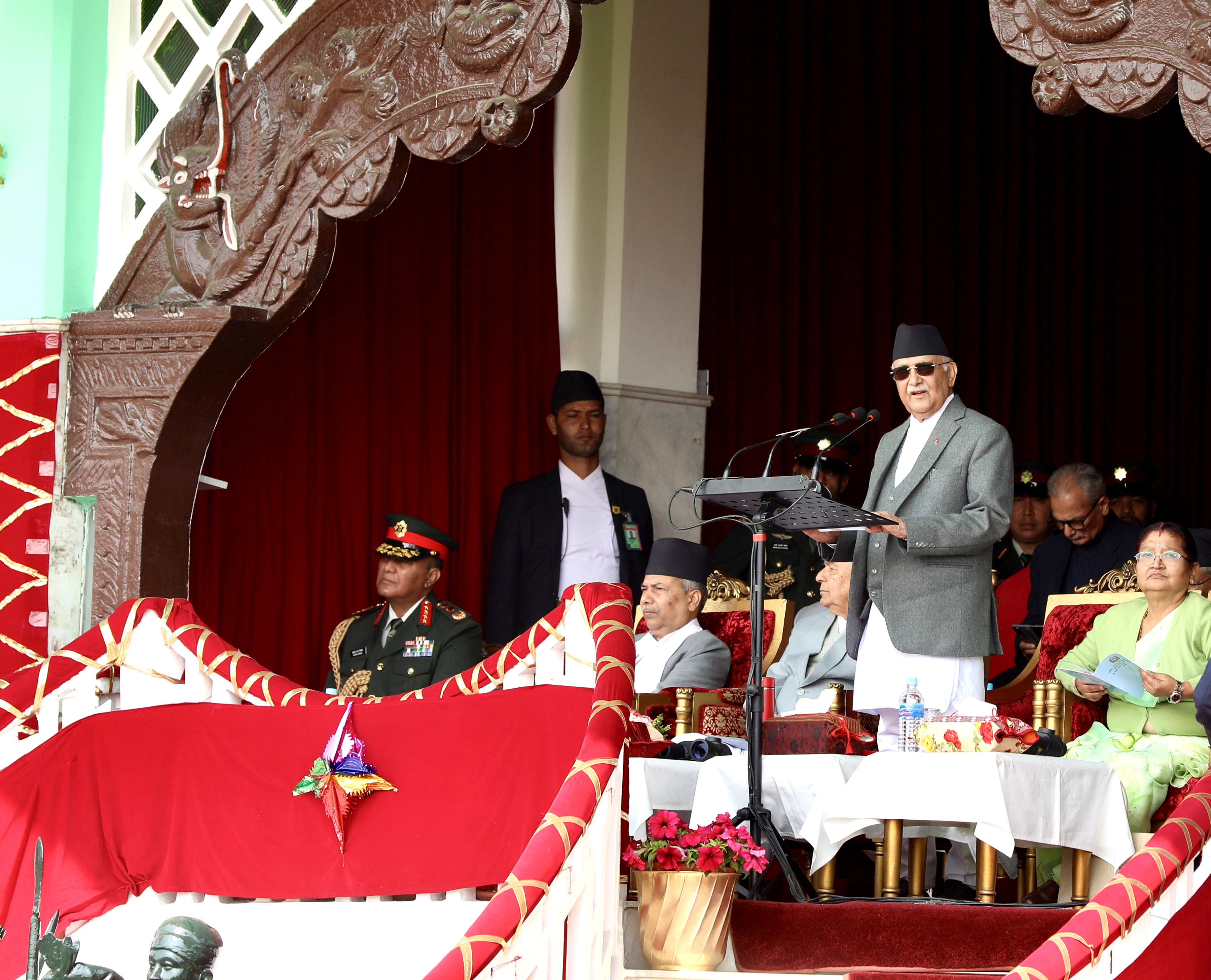The economic order the world has known for decades is marked by economic integration and globalization, the free flow of trade, the United States at the helm. Today, the disintegration of the rules-based old world order is evident as countries are becoming more inward-looking while regulatory fences have been erected, the World Trade Organization is in limbo, nations are racing to build industries of the future and trade restrictions are increasingly being imposed. The old economic system has crumbled, leading to the decline of Western dominance and US geopolitical hegemony. This shift has given rise to a multipolar world where nations are adopting new industrial policies to safeguard their economies. Meanwhile, China's influence on the Global South countries continues to grow.
The US and China are decoupling, with neither wanting the other to control economic choke points. Last year, the US imposed high tariffs on Chinese electric vehicles, batteries and semiconductors. And this year, after the rise of Donald Trump, as the President of the United States, the tariff war with the immediate neighbors of the US – Mexico and Canada – as well as China has taken new heights of uncertainties. It would affect not only those countries but it signals the global economy trends, including high inflation and supply chain disruptions. Mexico, Canada and China are also in the mood to counter these steps of the US. It is expected to flourish such trends in all economic blocks of the nations from Western Europe to East Asia, the Middle East and rest of the world. The current regime of the US is moving towards a high protectionism policy by restricting products of other countries and if the rest of the world would also follow suit, it could be a big challenge for the US products to enter into other countries.
As the global trade scenario seems to be in a new order of import restrictions and support to domestic production and increase in consumption as well, the policy shifts in the US may affect high exporter countries, whose economy is most reliant on export trade. They could be in big trouble if they do not increase their domestic consumption patterns. Most probably, the western counties may also follow the US strategy to safeguard their domestic industries. In such a situation, the condition of net exporter countries could be more challenging and difficult.
An Emerging New International Order

Some economists opined that the current global situation looks like a second cold war with security and deglobalization. Industrial policy and security concerns are now prime objectives of many countries. In addition, powerful nations are leading a global slide towards subsidies, export controls and protectionism, which are against inner norms of globalization. It is a dangerous spiral of protectionism that was set in motion worldwide. The European Union, although supposedly both more supportive of free trade and more determined to reduce its greenhouse-gas emissions than other economic powers, is on the verge of imposing duties on Chinese electric vehicles. After the Ukraine-Russia war, relations between Russia and the West have become tense. China is entering East European countries for its trade and cooperation.
In the current global financial market, most countries are tied to the US dollar. This restricts them from using their own currencies in global trading. However, some countries are in the process of introducing their own currencies to counter the dominance of the US dollar. They are trying to change the global economic, financial as well as multilateral trading system to create a conducive environment for fair trade. In this regard, the developing nations formed BRICS to counter the domination of the West. This block wants to change the US-led financial institutions by founding the New Development Bank to counter institutions like the IMF and the World Bank. The financial architecture of BRICS is made of the New Development Bank (NDB) and the Contingent Reserve Arrangement (CRA). This block is largest in terms of population and GDP globally. However, many renowned economists argue that for at least a decade, the domination of the US dollar would hardly be challenged by other currencies as America has boomed even though its trade war with China has escalated. The appropriate time yet has not come to say that the current economic order is on the verge of collapse. However, it cannot be rejected that the economic gravity center is shifting and the share of US dollars and its dominance has decreased globally, notably in emerging markets.
Technological advances are shaping the fortunes of cities and metropolitan areas. China and India are becoming more prominent in technological advancement capable of globally competing with the western countries. Artificial intelligence, digital technology and geopolitical influence are objectives of both the US and China on the world stage. As the concepts of who runs the world are changing according to changes in the accumulation of global power, many famous political analysts forecast that by the next 10 years we will not have a bipolar, unipolar or multipolar world. There won’t be any superpower. We will only have three different world orders - global security order, global economic order, and digital world - not run by the government but by tech companies. If the government fails to govern them, the digital world will rule all.
The golden age of globalization caused an unprecedented decline in global poverty. The number of Chinese living in extreme deprivation, for instance, has fallen from 800m to almost zero. Starting around 1990, developing economies began to grow more rapidly and catch up to the higher income levels enjoyed by advanced economies. There have been big economic achievements also in countries of South Asia and Africa, however poverty remains in top level due to rising inequalities in those societies.
Currently, sanctions are used four times as much as they were during the 1990s. The MCC of the US and BRI of China have been frontrunners in influencing most nations of the world. The financial support and grant assistance from the developed countries to the developing countries are on the verge of collapse. The sudden dismantling of the USAID and expansion of loans under multilateral and bilateral projects are examples of decline in aid and grant amounts to poor countries. Therefore, the poor countries should be more cautious and well equipped in their domestic economic affairs, countering their over reliance on external assistance. They seem to be the highest sufferers in this new global economic order. They are being oppressed and frustrated by the rich countries and they are bitter and angry about losing faith in justice and honor. The global economic orders created before seven decades have not changed the realities.






































